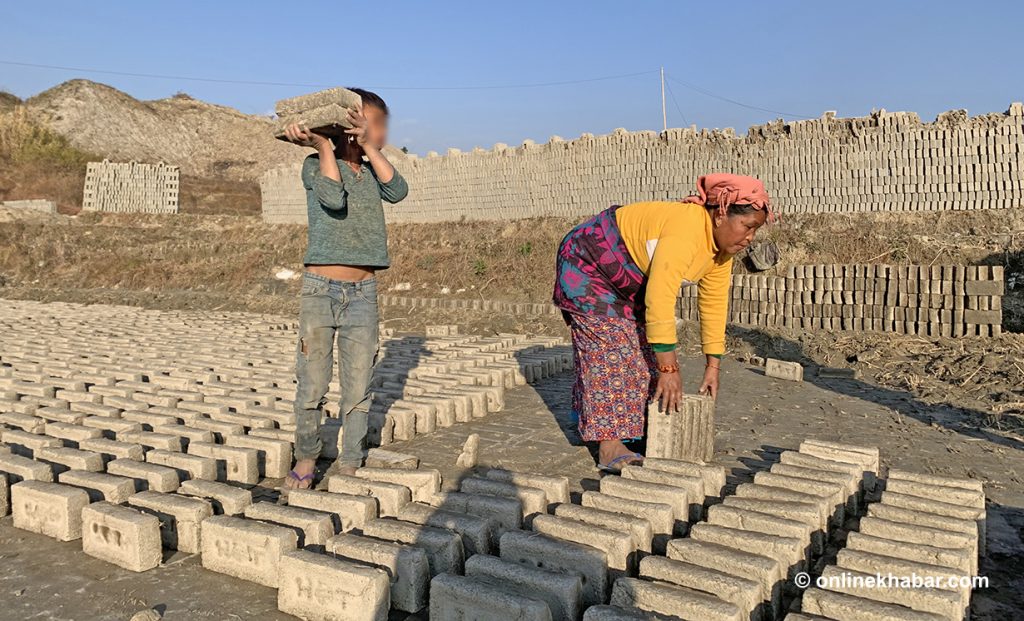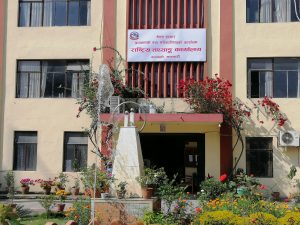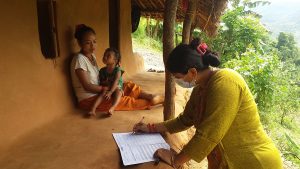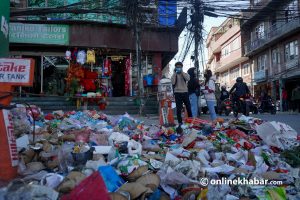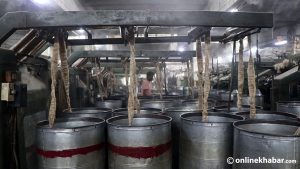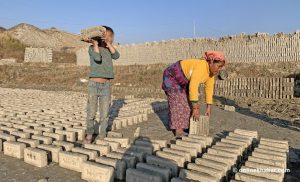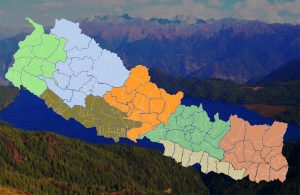Kathmandu, February 11
Some improvements have been witnessed in reducing child labour over the last decade in Nepal. However, there are still 1.1 million children working in brick kilns, carpet factories and entertainment businesses, among others.
A joint report prepared by the Central Bureau of Statistics (CBS) and International Labour Organization (ILO) states that nearly 1.1 million children are involved in work, of which 200,000 children are involved in its worst forms.
It is stated that among seven million children between the ages of 5 and 17 in Nepal, 1.1 million (15.3%) were found to be engaged in child labour.
The statistics reveal child labour is still significant although the overall trend is declining in Nepal (with the numbers of workers being 2.6 million in 1998, 1.6 million in 2008 and 1.1 million in 2018).
Agriculture is found to be the sector that covers the biggest share of child labour in Nepal (87%) and Dalit children constitute the highest proportion (19.4%) based on caste and ethnicity.
Similarly, girl children are more likely to be engaged in child labour (17%) than boys (14%).
Among labourers, the share of children is the biggest in Karnali (24.6%) followed by Sudurpashchim (20.9%), Province 1 (17.6%), Gandaki (16.1%), Lumbini (15.8%), Madhesh (11.5%), and the smallest in Bagmati (8.9%). The child labour prevalence is higher in rural areas (20.4%) than that in urban areas (12.1%).
The report opens the door to implementing the second National Master Plan (2018 – 2028) on Child Labour, recently endorsed by the Ministry of Labour, Employment and Social Security (MoLESS). The disaggregated data will also be useful for planning and designing child-focused programmes and activities at provincial and local levels by the government and other development partners in Nepal.



